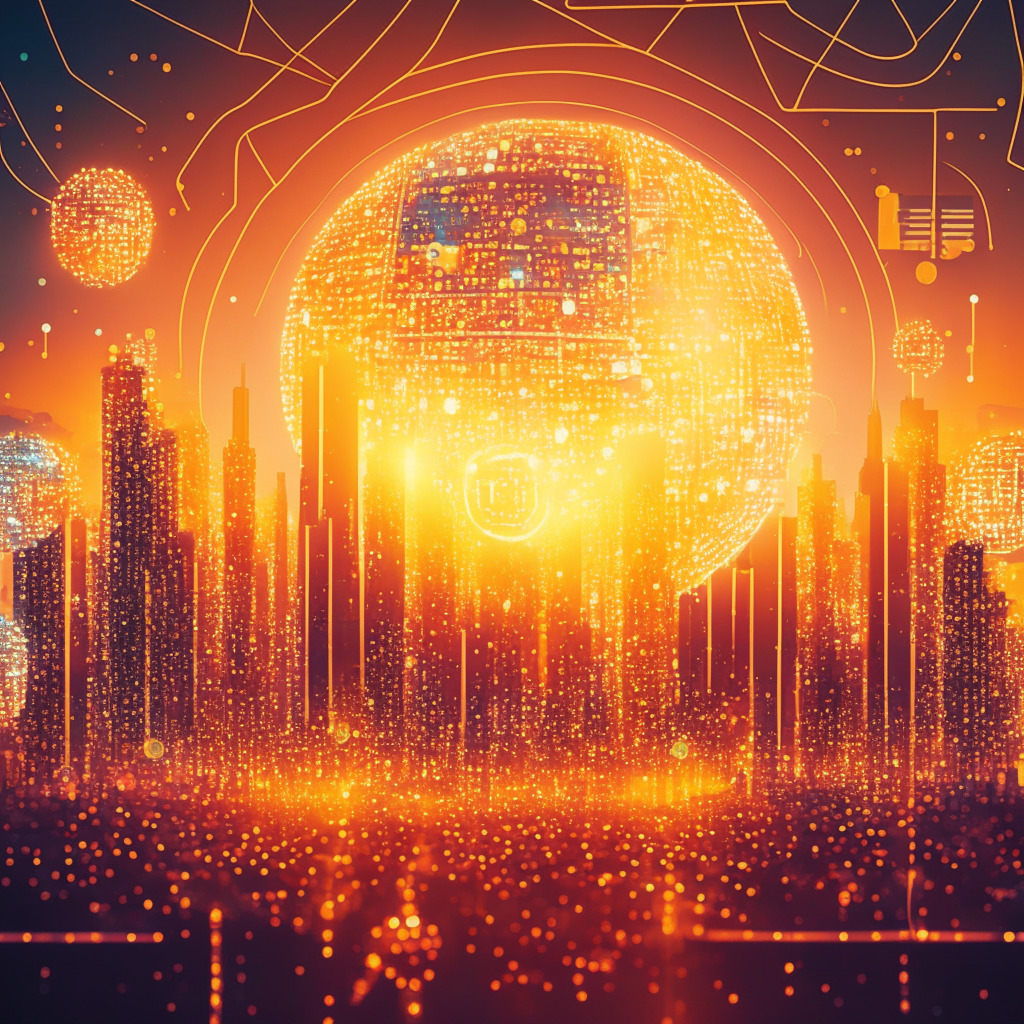Artificial intelligence (AI) is transforming the labor market, holding the potential to both displace jobs and create new opportunities. AI can enhance productivity and economic growth, reshape existing occupations, and foster the generation of entirely new professions. While some fear AI’s short-term displacement effects on the job market, there are ample reasons to believe in AI’s long-term contributions to employment and economic expansion.
AI can turn workers into more efficient, effective professionals by leveraging real-time data and insights to power decision-making and improve performance. These technologies also create new employment avenues within creative and artistic industries, enabling novel modes of expression and creativity, such as AI-generated literature, music, and art. Cybersecurity is another area where AI-powered tools, like behavioral pattern detection, can help protect against cyber threats and create new job possibilities for tech-savvy professionals.
By enabling the creation of previously unattainable or unfeasible products and services, AI can lead to additional employment opportunities. AI’s potential applications in personalized medical treatments, precision farming, and advanced industrial processes can produce new roles within research, development, and marketing. The rise of AI-driven technology, like digital assistants and smart home appliances, also opens doors for hardware engineers, data analysts, and software developers. In the same vein, autonomous vehicle and drone research presents career prospects for experienced engineers, technicians, and logistics specialists.
AI automation is not only responsible for transforming existing jobs, but it also allows employees to shift their focus to more complex and creative tasks. For example, AI-powered chatbots can manage routine customer service inquiries, freeing human agents to handle more nuanced situations requiring interpersonal skills and problem-solving abilities. AI could spawn more jobs through its capabilities in areas like language translation services or drone-powered infrastructure inspection, creating new demand for software developers, data analysts, and drone operators.
However, concerns arise regarding significant job displacement in sectors like industrial, retail transportation, and some administrative positions. AI automation may exacerbate existing inequalities by automating low-skilled occupations and catering to highly trained professionals. To mitigate these risks, collaboration between policymakers, educators, and business leaders is crucial. Prioritizing education and training, particularly in science, technology, engineering, and mathematics (STEM) fields, will help prepare individuals for evolving career landscapes in the age of AI.
Authorities should ensure that society as a whole reaps the benefits of AI. This could involve introducing new laws and regulations to protect workers from wage inequality and job displacement, and ensuring access to social safety nets. AI-driven economic growth promises exciting possibilities, but a balanced and collaborative approach between stakeholders is essential to navigate the challenges and embrace AI’s potential to reshape the future workforce.
Source: Cointelegraph




